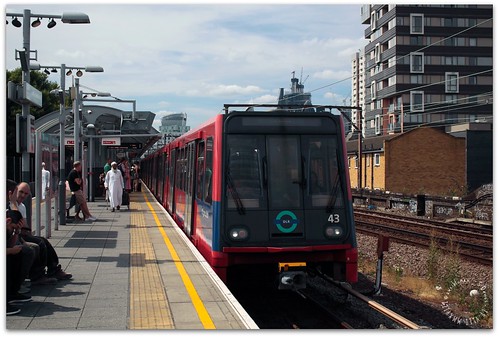Whenever we put wallpapers, we generally encounter problems such as this. In particular, many of the friends who would like to do their own wallpapers are a lot more than they wish, and finally they will find there are always some little flaws.
In fact, so long as the construction is taken care of, these problems could be avoided. Today, we will choose these problems and concentrate on solving them!
Base film peeling
1) Before brushing the base film, check whether the wall is standard, no powder, no floating level.
2) Is there a slight crack in the wall?
3) Whether the construction temperature is over 5 degrees.
4) Brush the bottom film too heavy when it is first, and brush the second one when it’s not dry. Because of the difference in drying time taken between the inner and outer layers, it could cause peeling.
5) Whether the bottom film is too thick, can be relieved by adding drinking water. After polishing with sandpaper, re-brush the bottom film.
The treatment of the base film includes a great influence on the Classic Wallcovering wallpaper effect, and the most direct effect is the stability of the wallpaper. Therefore, the base film must be handled relative to certain requirements of the guidelines, combined with the actual situation.
Glue overflow
Glue overflow is a common phenomenon along the way of wallpapering. Through the construction process, try to avoid the glue overflowing the wallpaper surface through the paper tape. The rubber surface wallpaper is relatively simple to clean. You can use all of the wallpaper except the rubber tape wallpaper. Paper tape building is recommended.
1) Wipe with a damp sponge for a surface area washable wallpaper.
2) Use a dry towel to remove it, ideal for wallpapers that cannot be stained on the surface.
3) Absorbed with a wet sponge, ideal for wallpapers with contaminants on the surface.
There are signs at the joint seam
The handling of wallpaper seams has always been an integral part of wallpaper construction, and several professional construction masters have their own tips. For the layman, pay special attention to the building. When the wallpaper was used, the glue did not completely hurry out and piled up at the seams. The glue reacted with the wallpaper for a long period.
Alternative: 60-80 degrees boiling water a small bottle, and also a bottle of white vinegar, wait for the water to cool down, squat in the seam. (Recommended for partial tests), the wallpaper can last better in 1-2 months, and 80% of the traces can be removed.
Wallpaper shrinking
The phenomenon of wallpaper shrinkage is principally due to the workers’ lack of strict seams during construction, that leads to this problem in the later on stage, which is related to the construction technology of the workers. Because the wallpaper is made from wood pulp, it gets the characteristics of solid wood swelling and shrinking, the efficiency isn’t particularly stable, you will have a  certain expansion following the glue is finished, and shrinkage occurs during the drying process. Although the expansion is uncontrollable, employees can control shrinkage during structure.
certain expansion following the glue is finished, and shrinkage occurs during the drying process. Although the expansion is uncontrollable, employees can control shrinkage during structure.
Most of the wallpaper shrinks are invisible unless the joints are not enough. In cases like this, it is generally preferable to reserve a coincident portion at the joint. Usually, it is preferable that the joint overlaps at 1-3 cm.
If shrinkage has already occurred, the repair process is relatively simple. Make use of a wet towel dampened with water to soak the seam for ten minutes, and use the advantage of the wallpaper knife to pick the wallpaper, which can usually be found. If the attachment on the surface of the wallpaper is a metallic surface, it really is easy to make the top of wallpaper tarnish and black after scraping, and it is not really recommended to operate.
Wallpaper moldy
1) The wallpaper is moldy and generally provides spots on the top of wallpaper.
(1) The wall ought to be inspected for drinking water seepage.
(2) Whether the glue is totally dry.
(3)When wallpaper is definitely applied, whether moisture and surroundings are present in the wallpaper for a long period, react with the glue to cause mold.
(4) The weather is humid.
(5) The wallpaper is wet.
Moldy wallpaper is usually a problem that individuals who are wallpapering are worried about. Additionally it is probably the most difficult complications to resolve after emergence. As a result, this kind of issue should be based on prevention. It is advisable to work before moisture and moisture.
Then, following the wallpaper provides such problems, is there no solution? of course not.
2) Processing method
(1) The mildew is small. It is suggested to wipe with drinking water or detergent and blow dried out with a locks dryer.
(2) Bleaching water is easy to irritate the epidermis and may trigger the wallpaper to fade. It is not recommended.
(3) If the mold is large, the wallpaper needs to be replaced. If the wall structure is seepage, it is necessary to completely solve the issue before posting.